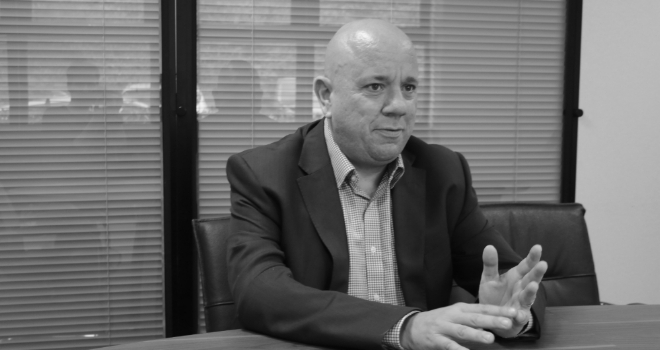
"The influence of technology is an ongoing theme throughout all areas of the mortgage market, and second charge is certainly no different."
The loans for the year were valued at a total of £1.024bn, a 14% increase on the previous year. For the three months to December 2017 the number of new second charge mortgages completed was up 7% year-on-year and the value of loans saw a rise of 9%. Although there was suggested to be a slight dip in the number of deals completed in the month of December, down 1% on the same month in 2016.
There were several reasons for this steady rise in business over the course of 2017. Technological advances, simplified sales processing and ease of access were integral elements in larger numbers of intermediaries incorporating second charge into their day-to-day advice process. And we all know the importance of the intermediary influence within specialist sectors.
Moving into 2018, the vast potential attached to second charge will continue to spark lender interest; and it’s my hope that any new entrant will be technologically savvy, innovative and service orientated. These are important components in further enhancing the profile and perception of the sector, and bolstering borrowing options for intermediaries and their clients.
The influence of technology is an ongoing theme throughout all areas of the mortgage market, and second charge is certainly no different. Established lenders, new lenders and master brokers have all upped their game throughout 2017, and this will undoubtedly continue in 2018. Not that second charge has been completely immune to tech advances before this time. Back in early 2016 Smart Money launched a bespoke second charge sourcing system. The development and integration of sourcing systems was evident throughout 2017 and in recent weeks we’ve also seen Knowledge Bank turn some of its attention to this sector by allowing intermediaries to compare criteria. Wider tech enhancements are also apparent within a number of lender’s back office and point of sale systems. Castle Trust has just launched what it calls the mortgage industry’s first quotation engine powered by artificial intelligence for all first and second charge loans up to £750,000. And it’s been widely reported that Vida Homeloans will soon be bringing its modern technology platform to the second charge sector.
It’s great to see the second charge sector embracing technology and there are many areas where it provides much needed support for intermediaries. Efficiency and simplicity are welcomed components within a multifaceted marketplace. However, it’s vital that we don’t ignore the importance of the human touch. The complexity attached to enquiries and transactions within second charge mean that the vast majority of cases need to be dealt with by experienced advisers/underwriters with in-depth product knowledge and access to a full second charge panel – not just a one-size-fits-all sourcing system. Of course technology can help support this process, and how we service the needs of clients and introducers. But it can’t replace the wealth of knowledge, experience and relationships required to ensure clients are matched with the right products and providers to meet their present and future requirements - nor should it. One huge step forward would be if we could better combine technology with education to generate greater awareness - for both consumers and brokers - on how second charge could be a viable, cost-effective solution to remortgaging.
There is no question that technology can help the sector become even more proficient, transparent and help it grow on a wider scale. The key remains to integrate innovation correctly, and not cut any unnecessary corners along the way.





